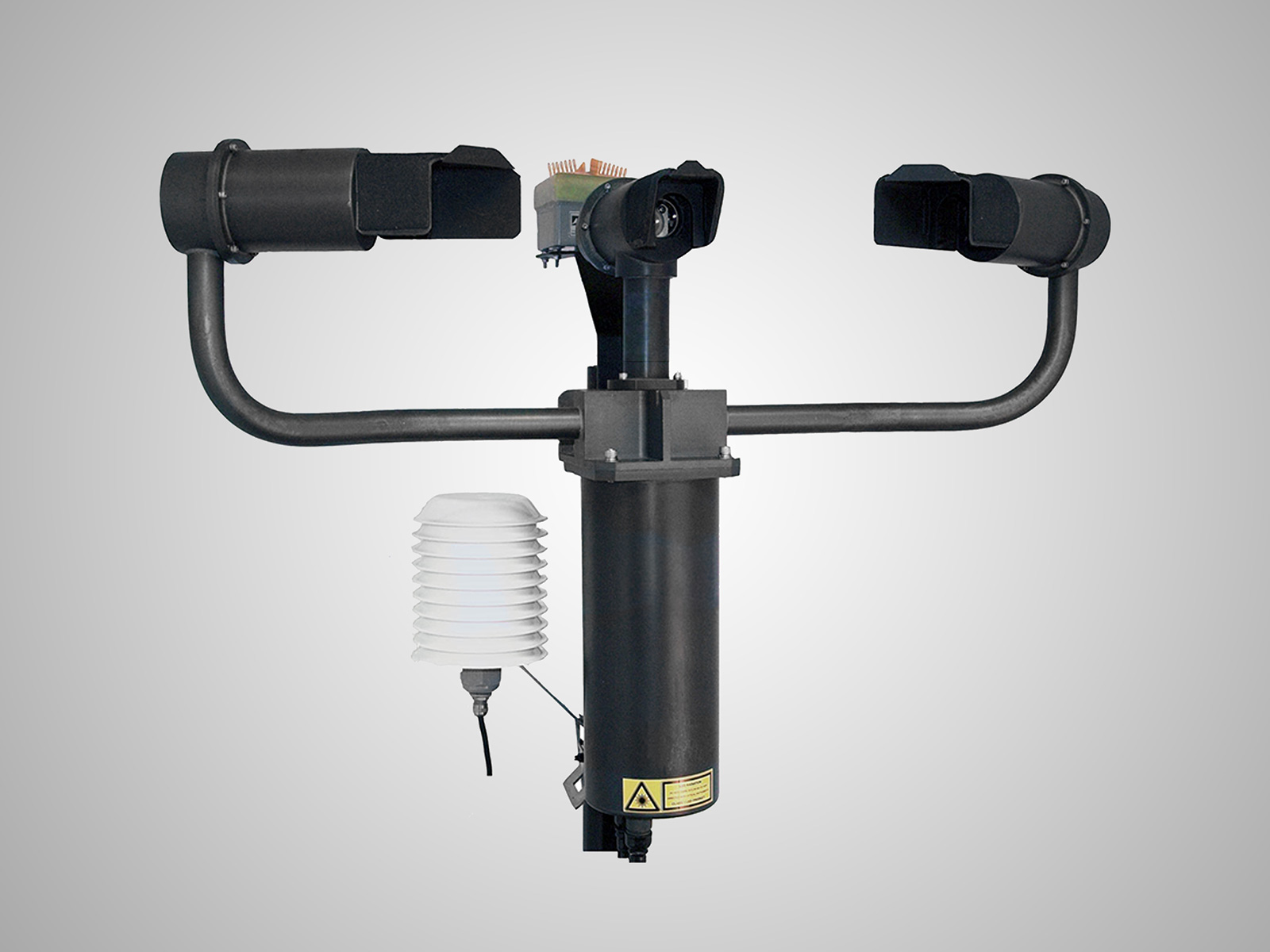
The VPF-750 Visibility and Present Weather sensor meets the needs of aviation, automated weather observing systems, national meteorological service networks, and research institutions. The wide visibility measurement range, extended weather code reporting capabilities, rugged construction, and reliable operation ensure the sensor is suitable for the most demanding applications.
Visibility Measurement
The forward scatter visibility measurement principle used in the VPF-750 is accepted by ICAO and WMO for use in aviation applications including the estimation of Runway Visual Range (RVR). The calibration of the VPF series was performed in accordance with ICAO 9328 and is traceable to a national weather service transmissometer ensuring measurement accuracy and simplifying system acceptance.
Visibility measurements are reported as forward scatter Meteorological Optical Range (MOR) and Extinction Coefficient (EXCO) in the range 10 m to 99.99 km.
Present Weather Measurement
The determination of precipitation type in a forward scatter sensor is made by observing the intensity of scattered light and the transit time for each precipitation particle. These parameters are used to estimate the particle size and determine if it is liquid or frozen using well-established relationships, unfortunately, anything other than still conditions the relationships to become unreliable, resulting in poor classification accuracy. The sensors are the only ones to solve this problem through the use of a backscatter receiver. The ratio of forward to backscattered light is significantly different for liquid and frozen particles, allowing the VPF-750 to report the correct precipitation code reliably, even in the most challenging conditions.
The reliable determination of present weather type also requires accurate measurement of temperature and humidity. For this reason, the VPF-750 is supplied with an external temperature and humidity sensor mounted in a screened enclosure. The backscatter receiver and accurate temperature measurements combined with an external heated precipitation sensor enable the VPF-750 to report freezing precipitation codes.